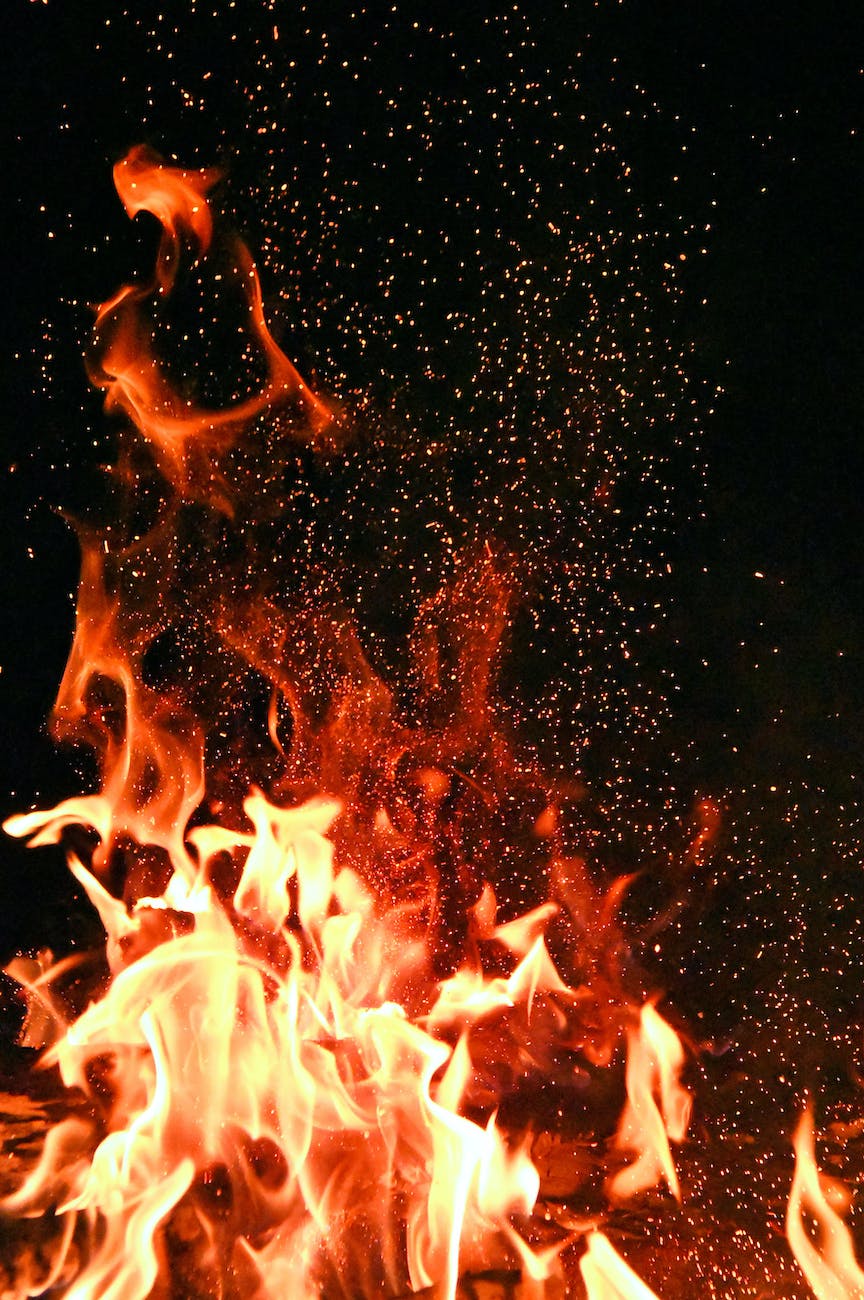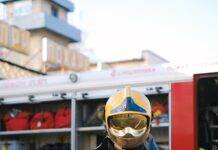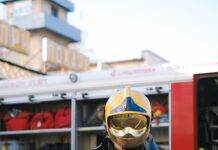
Classification of Fire and Types of Fire Extinguishers
Classification of Fire and Types of Fire Extinguishers : In the world of fire safety, understanding the classification of fires and the types of fire extinguishers available is of paramount importance. Fires can vary greatly in their nature, and using the wrong fire extinguisher for a specific type of fire can be not only ineffective but also dangerous. In this comprehensive guide, we’ll delve into the classification of fires and explore the various types of fire extinguishers designed to combat them effectively.
1. Introduction
Fire is a powerful and destructive force that can cause immense harm if not controlled promptly and effectively. To combat fires, it’s crucial to understand their classification and use the appropriate fire extinguishing methods. Let’s dive into the world of fire classification.
2. Understanding Fire Classification
Fires are categorized into several classes based on the type of fuel involved. The five primary classes are Class A, Class B, Class C, Class D, and Class K fires.
Class A Fires
Class A fires involve common combustibles such as wood, paper, cloth, and plastic. These fires are typically extinguished using water-based extinguishers.
Class B Fires
Class B fires are fueled by flammable liquids like gasoline, oil, and grease. They are best extinguished using foam or dry chemical extinguishers.
Class C Fires
Class C fires are electrical fires, and they occur when electrical equipment malfunctions. CO2 fire extinguishers are ideal for extinguishing these fires.
Class D Fires
Class D fires involve combustible metals, such as magnesium, titanium, or sodium. Specialized Class D fire extinguishers are designed to smother these fires with dry powder.
Class K Fires
Class K fires involve cooking oils and fats, commonly found in commercial kitchens. Wet chemical fire extinguishers are used to combat these fires.
3. Fire Extinguishers for Class A Fires
To tackle Class A fires, which involve ordinary combustibles, water-based fire extinguishers are your best bet. These extinguishers work by cooling and extinguishing the flames. They are commonly found in homes and offices.
4. Fire Extinguishers for Class B Fires
For Class B fires, which involve flammable liquids, foam and dry chemical fire extinguishers are essential. These extinguishers create a barrier between the fire and the fuel source, extinguishing the fire.
5. Fire Extinguishers for Class C Fires
Class C fires, being electrical in nature, require CO2 fire extinguishers. CO2 displaces oxygen, suffocating the fire without leaving residue that can damage electrical equipment.
6. Fire Extinguishers for Class D Fires
In the case of Class D fires involving combustible metals, dry powder extinguishers are specially designed to smother the fire and prevent reignition.
7. Fire Extinguishers for Class K Fires
Class K fires, often found in commercial kitchens, necessitate wet chemical fire extinguishers. These extinguishers cool the flames and create a barrier on the surface of the cooking oil.
8. Multipurpose Fire Extinguishers
Multipurpose fire extinguishers, labeled as ABC or BC, are versatile and can be used on Class A, B, and C fires. These extinguishers are a good choice for general use in homes and offices.
9. Choosing the Right Fire Extinguisher
Selecting the right fire extinguisher is critical. Consider the potential fire hazards in your environment and choose the appropriate class of extinguisher accordingly.
10. Using a Fire Extinguisher
Knowing how to use a fire extinguisher correctly is as important as choosing the right one. Remember the acronym PASS: Pull the pin, Aim at the base of the fire, Squeeze the handle, and Sweep from side to side.
11. Maintenance and Inspection
Regularly inspect and maintain your fire extinguishers to ensure they are in proper working condition. This includes checking the pressure gauge, seals, and expiration date.
12. Fire Safety Tips
- Install smoke detectors in your home and replace batteries regularly.
- Create a fire escape plan and practice it with your family.
- Keep flammable materials away from heat sources.
- Never leave cooking unattended in the kitchen.
13. Conclusion
Understanding the classification of fires and the types of fire extinguishers is crucial for effective fire safety. By knowing which extinguisher to use for each type of fire, you can protect yourself, your loved ones, and your property from the devastating effects of fires.
Fire Safety and Emergency Response
Fire Safety Standards as per OSHA
14. FAQs
Q1: Can I use water to extinguish an electrical fire?
No, water should never be used on electrical fires as it can conduct electricity and make the situation worse. Use a CO2 fire extinguisher instead.
Q2: Are there fire extinguishers suitable for all types of fires?
While multipurpose fire extinguishers can handle several classes of fires, it’s essential to choose the right extinguisher for the specific fire hazard.
Q3: How often should I inspect my fire extinguisher?
Fire extinguishers should be inspected monthly to ensure they are in good working condition. Additionally, they should undergo professional maintenance annually.
Q4: Can I reuse a fire extinguisher after it has been discharged?
Once a fire extinguisher has been discharged, it should be replaced or refilled by a certified technician.
Q5: What is the shelf life of a fire extinguisher?
The shelf life of a fire extinguisher varies but is typically between 5 to 15 years. Check the manufacturer’s guidelines for specific information.
In this article, we’ve explored the classification of fires and the corresponding types of fire extinguishers. By gaining knowledge about these essential aspects of fire safety, you can be better prepared to protect yourself and your surroundings in the event of a fire emergency. Remember, fire safety is everyone’s responsibility, and being well-informed is the first step towards preventing and managing fires.

























This is by far more comprehensives than what I have personally read about classefication of fire, and the right extinguishers to fighter fires according to there kind…thanks